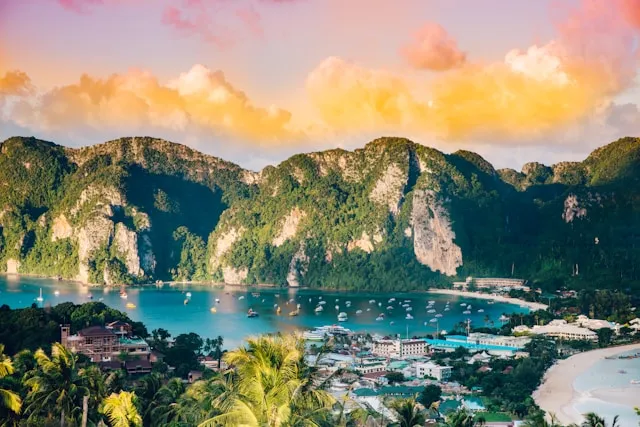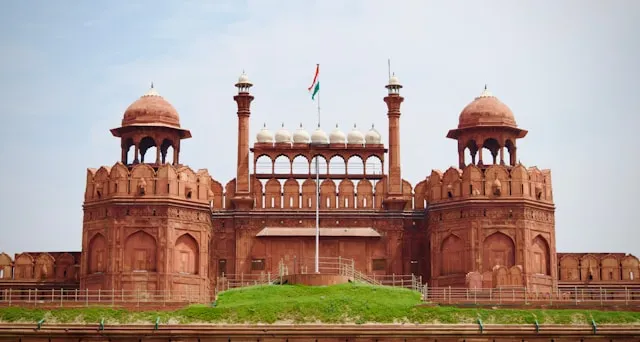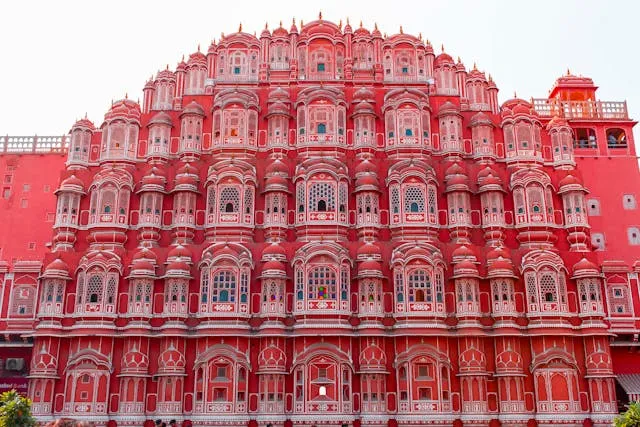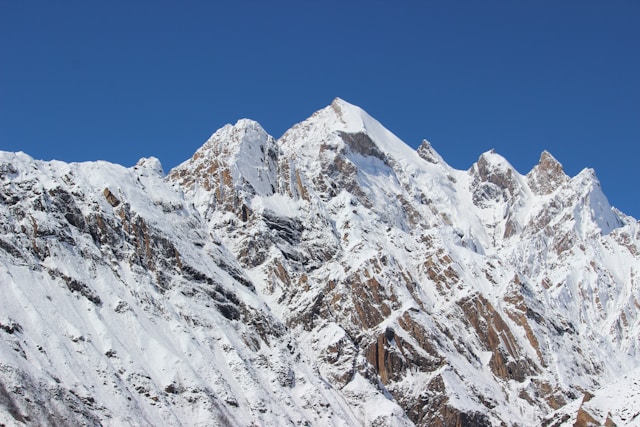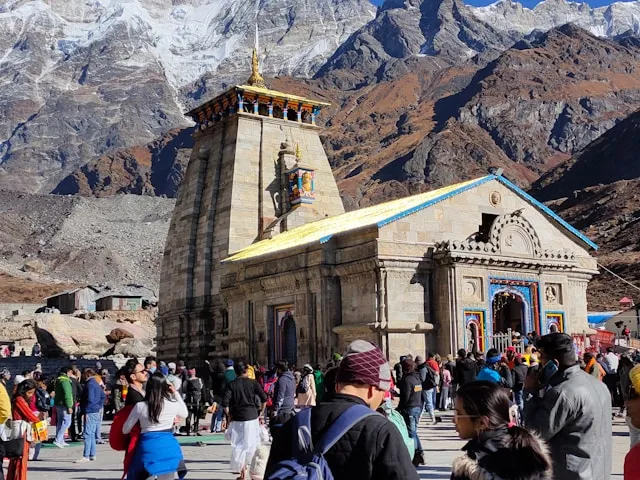Mountains In India Travel Guide
About Mountains In India Travel Guide
Destination Overview – Mountains in India
India’s mountainous landscapes offer a breathtaking blend of natural beauty, spirituality, adventure, and cultural diversity. From the snow-capped peaks of the Himalayas in the north to the lush Western Ghats in the south, India’s mountains attract trekkers, nature lovers, and pilgrims alike. These regions are home to ancient temples, vibrant hill stations, and unique wildlife. The mountains provide a peaceful retreat from city life, with pristine air, scenic valleys, and opportunities for hiking, skiing, and meditation.
Top Attractions & Places to Visit – Mountains in India
- Famous Mountain Ranges: Himalayas, Western Ghats, Eastern Ghats, Vindhyas, Aravalli Hills
- Popular Destinations: Shimla, Manali, Leh-Ladakh, Darjeeling, Munnar, Mussoorie, Nainital, Sikkim, Rishikesh
- Adventure Spots: Trekking routes like Roopkund, Valley of Flowers, Hampta Pass; Ski resorts in Gulmarg and Auli
- Spiritual Sites: Hemkund Sahib, Kedarnath, Badrinath, Gangtok monasteries, Tawang Monastery
- Wildlife Sanctuaries: Great Himalayan National Park, Periyar Tiger Reserve, Silent Valley National Park
Best Time to Visit Mountains in India
The best time depends on the region:
Himalayas: April to June and September to November for trekking and sightseeing. Winters (December to February) are great for skiing.
Western Ghats: November to February for pleasant weather and lush greenery.
Eastern Ghats: October to March for comfortable temperatures.
How to Reach Mountains in India
Air: Regional airports near major mountain destinations include Leh Airport, Kangra Airport, Bagdogra Airport, and Coimbatore Airport.
Rail & Road: Mountain towns are well-connected by road; some have nearby railway stations like Kalka (for Shimla) and Kathgodam (for Nainital).
Local Transport: Taxis, buses, and shared jeeps are common for local travel in mountainous terrain.
Accessibility for Differently-Abled Travelers – Mountains in India
Mountain regions vary in accessibility. Major hill stations and spiritual centers provide some facilities like ramps and adapted accommodations, but rugged trekking routes may not be suitable. It’s best to check specific sites in advance.
Things to Do & Experiences – Mountains in India
Trek through scenic trails, explore ancient monasteries and temples, go river rafting in mountain rivers, witness panoramic sunrises and sunsets, indulge in local cuisine, and experience tribal cultures. Wildlife safaris and photography are popular among nature enthusiasts.
Accommodation Options – Mountains in India
Options range from luxury mountain resorts and cozy cottages to budget guesthouses and eco-friendly homestays. Many hill stations offer heritage hotels with traditional charm.
Local Cuisine & Dining – Mountains in India
Mountain cuisine varies widely — from momos and thukpa in the Himalayas, to spicy Kerala hill food, and Darjeeling’s Tibetan-influenced dishes. Warm teas, locally brewed alcohols, and hearty meals are typical.
Travel Tips & Safety – Mountains in India
Acclimatize properly when visiting high-altitude areas. Carry warm clothing even in summer. Stay hydrated and be cautious of altitude sickness. Use reliable guides for trekking and adventure sports. Respect local customs and environment.
Weather Details & Packing Suggestions – Mountains in India
Pack layered clothing, sturdy trekking shoes, sunscreen, hats, and rain gear. Include a first-aid kit and medications for altitude sickness when visiting higher elevations.
Currency Exchange & Banking Facilities – Mountains in India
ATMs and currency exchange services are available in major hill stations but may be limited in remote areas, so carry some cash.
Connectivity & SIM Card Info – Mountains in India
Mobile network coverage is good in popular destinations but patchy in remote regions. Purchase SIM cards in cities before heading into the mountains.
Itinerary Suggestions – Mountains in India
1-Day: Explore local markets, temples, and scenic viewpoints of a hill station.
3-Days: Trekking, sightseeing, and cultural visits in places like Manali or Darjeeling.
5-Days: Multi-day treks, river rafting, village tours, and wildlife sanctuary visits.
Nearby Destinations to Explore from Mountains in India
Explore nearby valleys, hot springs, waterfalls, and pilgrimage sites. Popular combinations include Shimla-Kufri, Manali-Rohtang Pass, and Darjeeling-Tea Gardens.
Shopping & Souvenirs – Mountains in India
Purchase woollens, handwoven shawls, traditional jewelry, local handicrafts, teas, and spices unique to mountain regions.
Cultural & Historical Background – Mountains in India
India’s mountains have long been centers of spirituality, home to ancient monasteries, temples, and legends. The diverse tribal communities add to the rich cultural mosaic.
Best Transport Options – Mountains in India
Shared taxis, local buses, and hired vehicles are popular. In rugged areas, trekking and horseback rides are common modes of travel.
Nearest Railway Stations to Popular Mountains in India
Stations like Kalka (Shimla), Kathgodam (Nainital), New Jalpaiguri (Darjeeling), and Pathankot (Kangra Valley) connect mountain regions to the plains.
FAQs About Mountains in India
What is the best time to visit the Indian mountains?
Spring and autumn months offer the best weather for trekking and sightseeing.
Are the mountains safe for solo travelers?
Yes, with proper planning and local guidance.
Do I need special permits for trekking?
Some regions like Ladakh require permits; check local regulations.
What clothing is best for mountain travel?
Layered, warm, and waterproof clothing with sturdy footwear.
Are mobile networks available in mountain regions?
Coverage varies; major tourist spots have good connectivity.
Sustainability & Responsible Tourism – Mountains in India
Respect fragile mountain ecosystems by avoiding litter, using eco-friendly products, supporting local communities, and following guidelines for responsible trekking and wildlife viewing.
Need a Mountains In India Travel Guide Customized Itinerary?
Let us create your perfect Mountains In India Travel Guide journey

Gallery
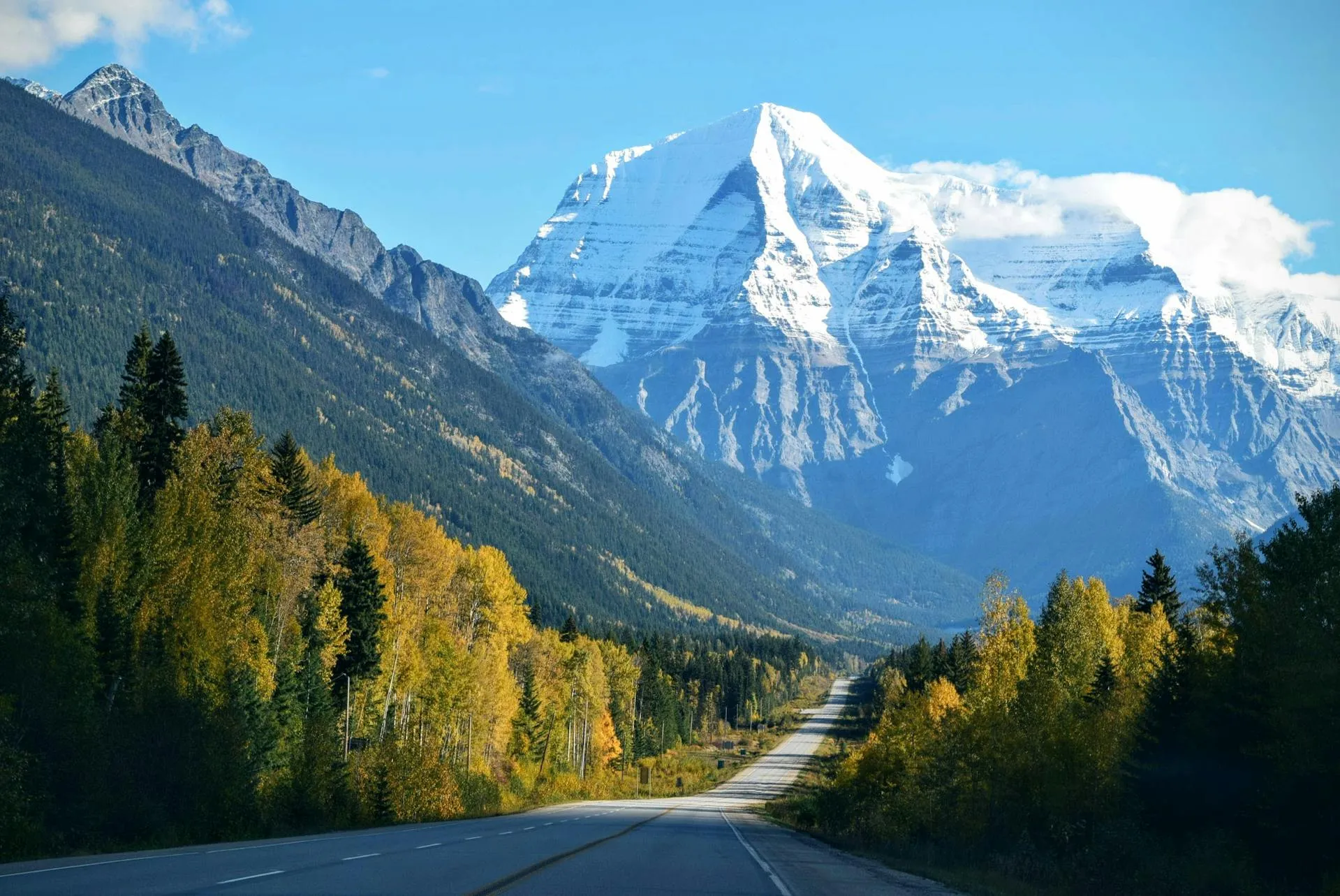
Weather
Weather details will be added soon.
Latest Blog Posts
Latest News: Top Mountain Destinations in India – Manali, Shimla, Leh-Ladakh & More
What Our Travelers Say
Real experiences from our valued customers
"Thank you for the smooth and seamless arrangements for our Amritsar trip. The Golden Temple is as magnificent as everyone says."
Arvind Kumar (Bangalore, India)
"The Kailash Yatra was a life-changing experience. The trek was tough but incredibly rewarding. The guidance and arrangements were perfect, making the pilgrimage smooth and memorable."
Sandeep Sharma (Chandigarh, India)
"A great trip to the Vaishno Devi temple. The arrangements were comfortable, and the spiritual energy was absolutely rejuvenating."
Meena Gupta (Hyderabad, India)
"The Kailash Yatra is something I’ll never forget. The holy mountain radiated peace, and the journey was spiritually fulfilling. The entire process was seamless and well-handled by the team."
Neelam Agarwal (Mumbai, India)
"The trip to Haridwar and Rishikesh was spiritual and well-managed. Truly a memorable and fulfilling experience."
Daniel Young (Rome, Italy)
"The Kedarnath Yatra was a divine experience. Everything was arranged smoothly, making the journey peaceful and memorable. Highly recommend!"

